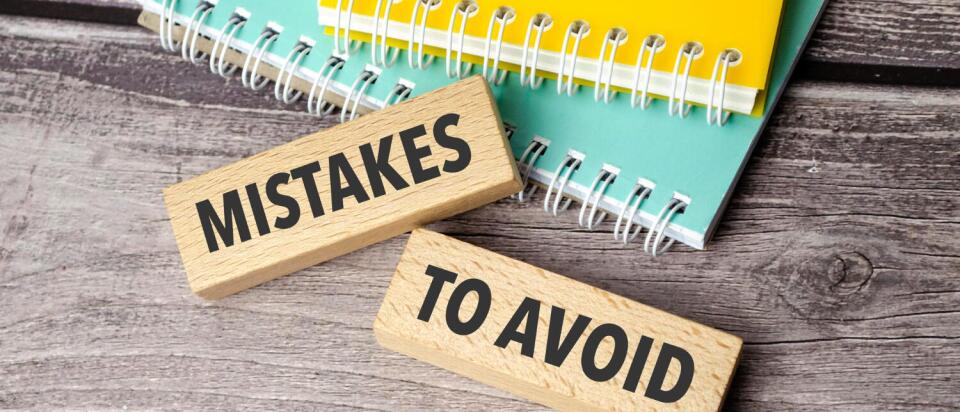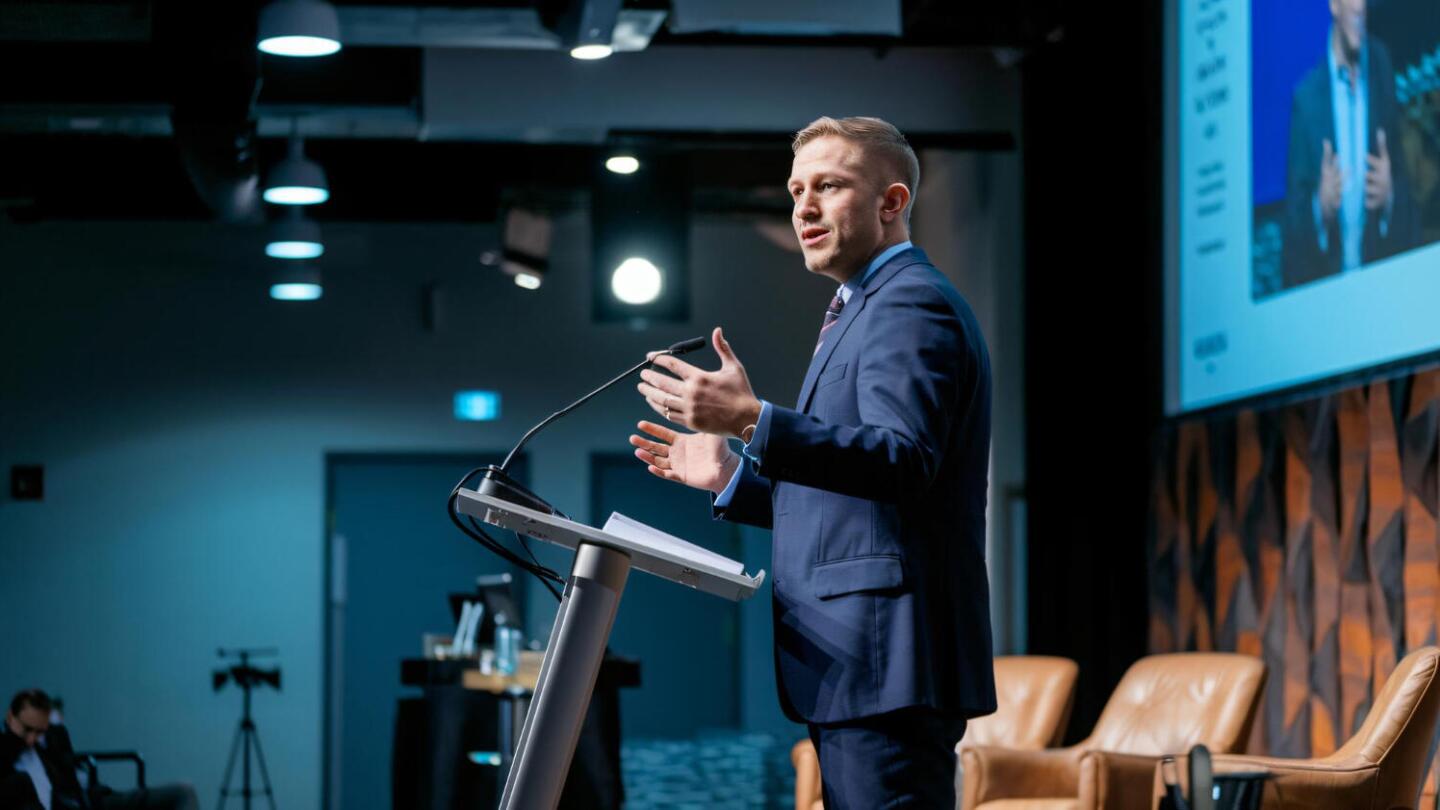
Events are a powerful marketing tool. They bring people together, create experiences and leave lasting impressions. But even experienced event managers encounter challenges that can detract from the experience. I learned this myself when I worked as a B2B event manager a few years ago. During that time, I organised many successful events – but I also learned about the typical pitfalls that can disrupt even the best-laid plans.
The positive thing about this is that these experiences taught me which small adjustments make the biggest difference. Today, I would like to present the five most common mistakes in B2B event planning – and show you how you can easily avoid them with the right strategy and the right tools.
1. Unclear Objectives
Before an event can be successful, it must be clear why it is taking place in the first place. Without a clear purpose, neither the programme nor the communication can be optimally aligned. Often, there is no binding framework that all participants can use for orientation. Is the goal lead generation, customer loyalty or brand awareness? Without knowing where the journey is headed, it is impossible to measure success objectively.
SMART Goals Make Your Event Successful:
Set SMART goals (Specific, Measurable, Attractive, Realistic, Time-bound). Clearly formulated goals help you keep sight of the purpose of your events. Defined KPIs help measure the progress and success of your events.
Possible KPIs:
Number of registrations
Participation rate
Social media reach
Leads generated
Important: Share these goals with all stakeholders. Only by joining forces can you achieve your common goals.
Use tools that help you keep track of your KPIs. With a smart event management system like Sweap, you can design registration forms and landing pages in such a way that you receive exactly the data that matches your goals.
2. Late or Unstructured Communication

Planning invitations well ensures full rooms and satisfied guests.
Timing is everything: we know this from many situations in life. The right timing is also essential when planning your event. Allow sufficient lead time so that participants can block a slot in their calendars.
A communication plan increases participation rates:
A simple digital invitation is rarely enough to motivate guests to attend. Create a clear communication plan that includes at least the following:
Save-the-Date
Invitation
Reminder
Final Event information
Use email as your main channel, but supplement it with social media and personal contacts. Do colleagues who are in contact with guests know about the event? If so, it may be helpful to mention the event invitation again on the phone. Offer added value before the event, such as speaker introductions, teaser videos or programme highlights.
Sweap allows you to automate email campaigns, segment target groups and personalise content – so guests feel welcome right from the start.
3. No Plan B for Technology and Logistics

A great presentation needs a solid backup plan – don’t leave tech and logistics to chance.
Technical or logistical problems can quickly throw an event off balance. A microphone that fails or a speaker who is late – without a plan B, things can get hectic.
To avoid this stress in advance, you should create a backup plan for critical areas. Important in advance: Allow enough time and capacity for a technical check. Do you have speakers who are not familiar with your technology? Plan the travel routes so that they also have time to go through an event technology check.
How to create a functional event contingency plan:
Allow sufficient time for a technical check.
Have speakers rehearse in advance.
Establish alternative transport and delivery routes.
Appoint individuals who can make quick decisions in an emergency.
Consider last-minute programme changes. With Sweap, you can communicate agenda updates to all participants in real time and flexibly adjust guest lists.
4. Lack of Follow-up
Follow-ups are often forgotten after an event, resulting in valuable opportunities being missed. The period immediately after an event is ideal for deepening relationships. This is where it gets interesting: use the data you have collected for personalised content or offers. Do not send duplicate information or resort to crude sales pitches. Instead, create real added value with the final touchpoint of your event.
Effective follow-up strategies:
Send thank-you emails within 24–48 hours
Include feedback surveys to gain insights
Share recap videos or photos to keep memories alive
Send personalised content related to the event
5. Wanting to Do Everything Yourself
Trying to do everything on your own quickly leads to overload and a loss of quality. Professional event planning means using resources in a targeted manner.

Effective teamwork and clear responsibilities are the key to stress-free events.
How to make the best use of your resources:
Delegate clearly to team members or service providers
Use digital tools to automate routine tasks
Focus on what really requires your expertise – the event experience
Sweap takes care of time-consuming tasks such as registration, check-in and agenda updates, leaving you more time for creative and strategic work.
Conclusion: Successful Events Start With Smart Planning
From my experience as an event manager, I know that it's often the little things that make an event great. Clear goals, structured communication, a technical plan B, well-thought-out follow-up and smart delegation are the keys.
My tip: Plan your next event more efficiently – discover how Sweap can support you from the invitation to the follow-up. See for yourself in a personal demo.
